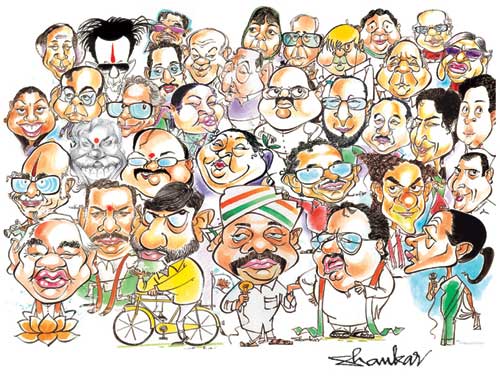It is very often we hear the spiels – “Our key success factor is our culture!”; “There is something wrong with our culture”; “We want people who will fit into our culture!” While these are more like the clichés and banal statements, they also present an interesting cue point to understand the organization.
Culture is like the pulse of an organization. It cannot by itself give you a lot of information – slow, fast, normal, weak et.al. But it is an opportunity to peek into the portals of the organization. It helps you to ask questions to delve deeper into the institutional psyche at the moment – what ails it and what could be the probable causes. With the mindset of organizations moving from the ‘asset based’ to ‘people based outlook’, this discussion populates your guesses and surmises about the organization and helps in ‘intelligently’ drafting questions during your interactions.
Edgar Schein the ‘supreme guru’ of culture defines it
“A pattern of shared basic assumptions that the group learned as it solved its problems of external adaptation and internal integration that has worked well enough to be considered valid and, therefore, to be taught to new members as the correct way to perceive, think, and feel in relation to those problems.”
“…a basic set of assumptions that defines for us what we pay attention to, what things mean, and how to react emotionally to what is going on, and what actions to take in various kinds of situations.”
“…is neither innate nor purely driven by strategy, rather culture is learned and therefore can be changed.”
The interesting thing about culture is that – it can never be clearly defined by the people bound by it – difficult to ‘see the forest through the trees’. The task of the consultant is to ask questions and understand the connections between the various symptoms and draw a palette of link diagrams that effectively helps one to boil down to couple of causal factors.
All the tools that we use in the normal context – Culture web analysis, Social network analysis are triggered to categorize and affinitize various issues and present to you a diagnosis chart that broadly describes the organizational alignment to various people and strategic issues.
Hence the end document of a culture diagnosis should be like the diagnosis chart of an executive health check up – comments and readings on a sundry of data points which enable us to read and mull into the ‘What next ?’ strategy with the client
Saturday, February 28, 2009
Subscribe to:
Post Comments (Atom)
Our Political ensemble !


.jpg)



1 comment:
Very intepretation of culture. Are you an HR professional ?
Post a Comment